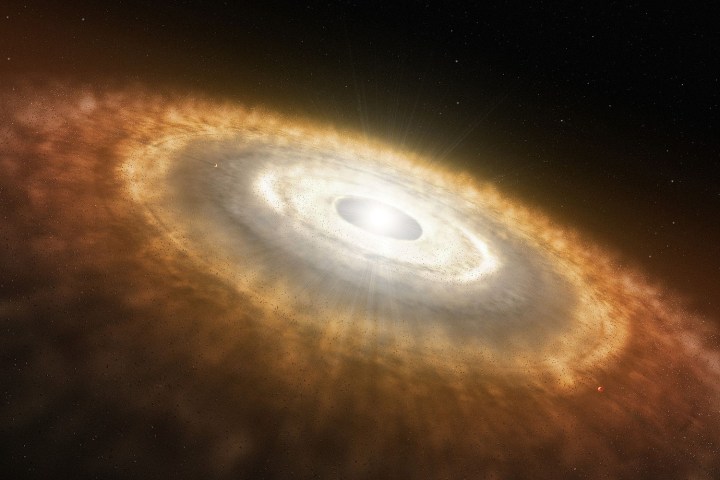
Take “Tabby’s Star” as a case in point. In 2015, a strange star named KIC 8462852 ignited interest and speculation inside and outside the scientific community, fueled in part by Jason Wright, an astronomer from Penn State University, who suggested that the star’s unusual dimming events might be caused by an alien megastructure that surrounded it. His thought was that a structure, such as a Dyson sphere, would periodically obstruct the star’s light, and thus cause its appearance to dim.
KIC 8462852 was first spotted in 2011 by citizen scientists through a program called Planet Hunters, which lets people examine light patterns from the comfort of their computers.
“The original discovery of this star was made by citizen scientists, who found what the professionals had missed because it was so strange and so different from what we expected that our computer algorithms had missed it entirely,” Wright told Digital Trends.
The star was later studied by a team led by Yale University astronomer Tabetha Boyajian, earning it the nickname “Tabby’s Star” and generating a lot of buzz. Over 1,700 people donated more than $100,000 in a Kickstarter campaign to give astronomers dedicated time to observe the star and collect data from ground-based telescopes. And thanks to their donations, Boyajian, Wright, and over 100 other astronomers have been able to debunk the alien megastructure theory.
The more likely explanation is less sexy but still important. According to a paper published this week in he Astrophysical Journal Letters, the star’s unusual dimming events are caused by little more than clouds of dust.
“Dust is most likely the reason why the star’s light appears to dim and brighten,” Boyajian said.
That news might come as a shame to alien hunters, but the findings were anything but disappointing for the scientists involved. While observing the star from March 2016 to December 2017, the researchers identified four occasions when the star’s light dimmed and, equipped with an unparalleled wealth of cosmic data, they reasoned that the events weren’t caused by an advanced civilization.
“The new data shows that different colors of light are being blocked at different intensities. Therefore, whatever is passing between us and the star is not opaque, as would be expected from a planet or alien megastructure,” Boyajian said.
Aliens may have been ruled out but there’s still plenty of data to sift through.
“We still have troves of data that were contributed that we have not analyzed yet,” Wright said. For his part, Wright want to investigate the “exocomet hypothesis,” which suggests that the dimming could be due to matter left behind from a handful of Halley-like comments.


